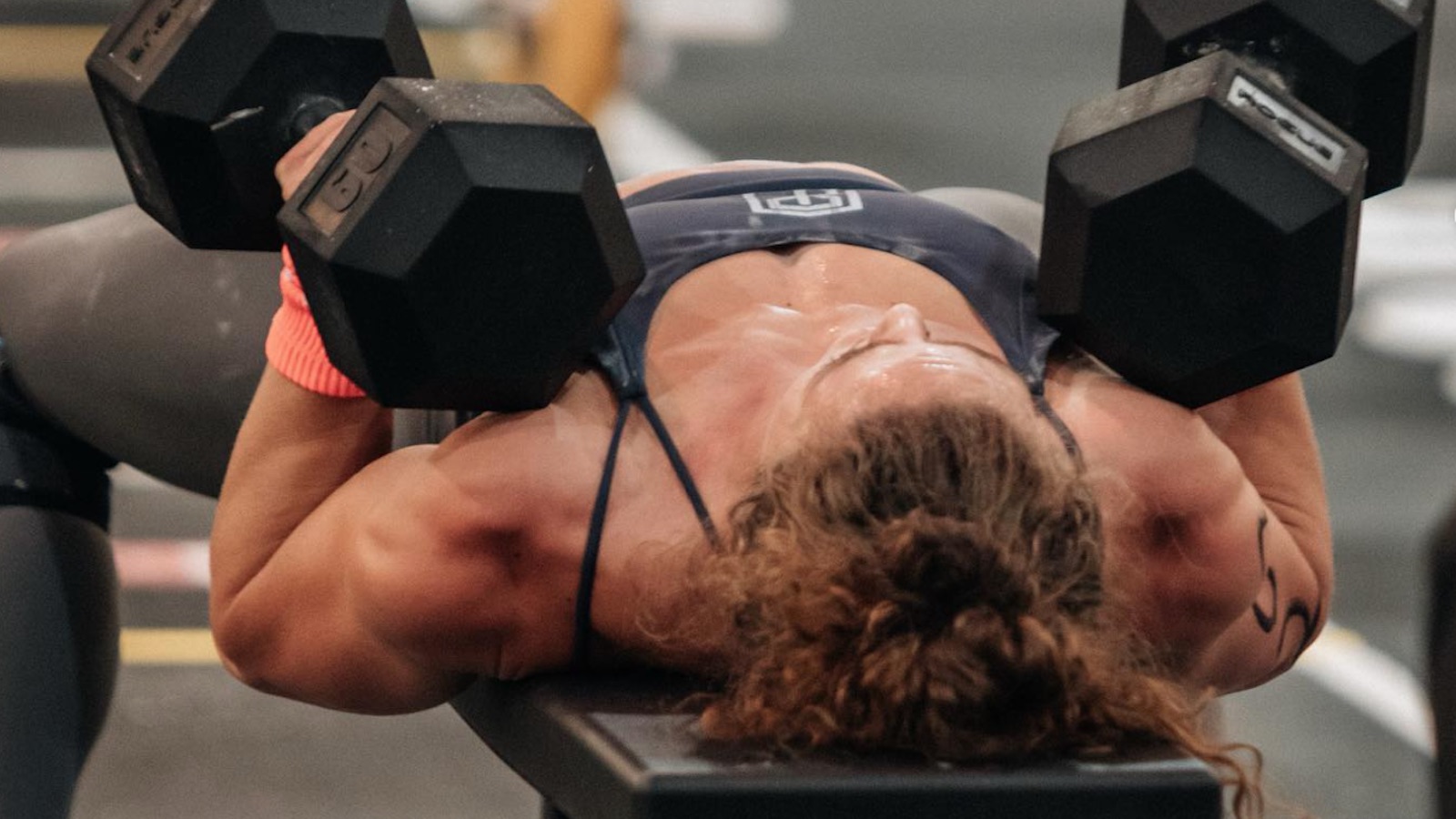
Vampire facials have earned a reputation for producing impressive results. According to Kim Nichols, MD, a board-certified dermatologist and founder of NicholsMD, the best way to achieve optimal results is “a series of at least six PRP injection treatments, spaced about four weeks apart.” However, patients can still expect to see improvements after just one session, evidenced by the accompanying image. In the case of the patient shown in the above photos, Nichols says, “You can see a visible reduction in redness, diminished acne scarring, and improved overall skin texture.”
What are the risks of getting a PRP facial?
While the sight of blood-splattered selfies may be unnerving, the risks associated with a PRP treatment are minimal since it uses your own blood, says Ramanadham. “There is little risk of reactions,” she adds. Doft shares the same view and cites the potential risks as scarring, sun sensitivity, and infection on the skin surface or at the injection site.
Who benefits most from PRP treatments?
Those with fine lines and wrinkles, high levels of sun damage, or anyone who desires a fresher, more even-toned complexion are ideal candidates for the vampire facial, Shamban says. However, you should avoid PRP treatments if you have a history of blood diseases, including clotting or bleeding disorders.
How much does PRP cost?
How much PRP costs is based “on the area of the country, who’s performing it, and the process involved in extracting the platelets and the amount of PRP that’s harvested,” says Shirazi. Both Doft and Lal agree that the cost of a vampire facial can vary, with Doft stating that it can range from $1,500 to $2,000, while Lal’s office charges $1,000 per session.
Another important thing to keep in mind is that your provider may recommend multiple sessions, adding up to an even higher final cost.
PRP Pros and Cons
The “pros” of a vampire facial include its minimally invasive and non-surgical nature and its ability to improve the skin’s overall appearance while targeting specific issues like acne scars, hyperpigmentation, and sun damage. The most notable con is the price tag. “This is a costly procedure, and results are not guaranteed,” cautions Ramanadham. Also, certain supplements or medications could potentially interfere with platelet function, so it’s crucial to discontinue them beforehand. “Blood thinners, aspirin, ibuprofen, garlic, turmeric, and arnica are examples of supplements or medications that can affect platelets,” she explains.
Read more about beauty treatments:






